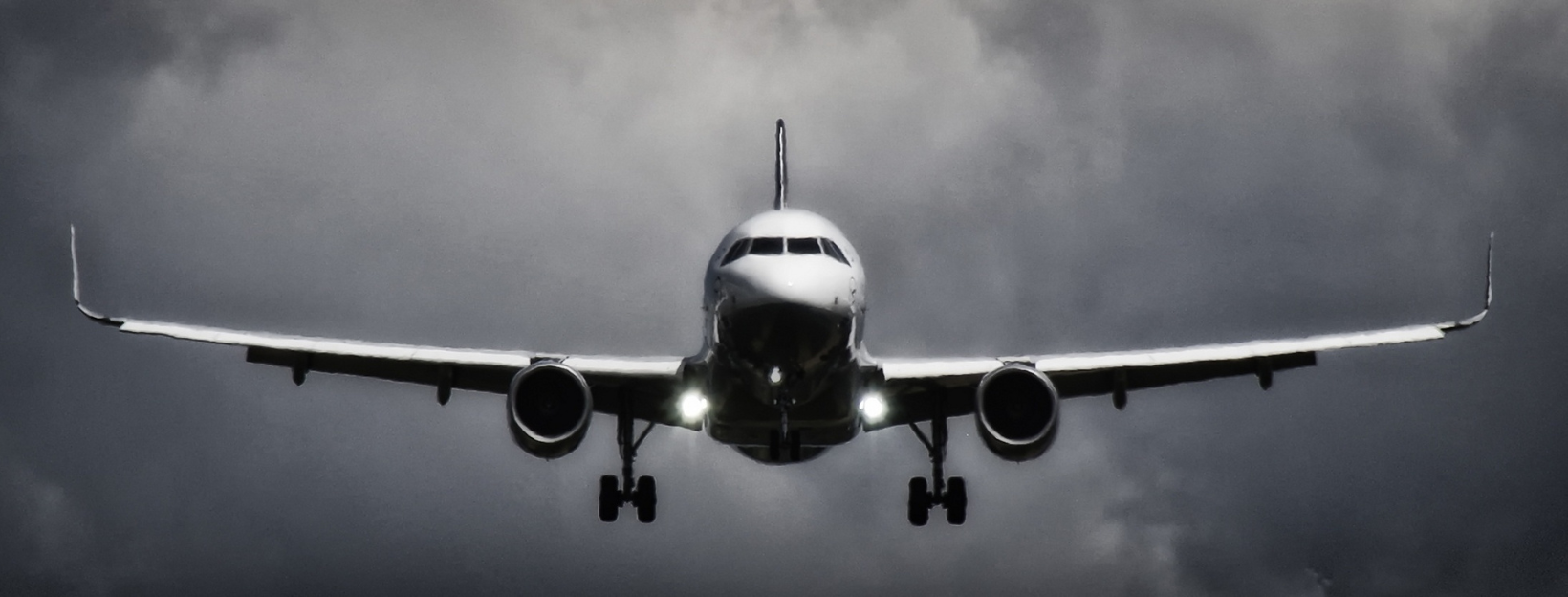If the global commercial aviation sector were a country, it would rank among the top ten in the unfortunate ranking of carbon dioxide (Co2) emitting countries. Specifically, having produced 2.4% of global Co2 emissions in 2018, the sector would occupy the sixth position in the ranking, placing it exactly between Japan and Germany[1]. Adding to the massive release of Co2 into the atmosphere, however, are the no less important emissions of water vapour in the condensation trails left by aircraft. Due to a particular chemical process, these emissions contribute to a more significant increase in global temperatures than carbon dioxide. In total, it is estimated that air traffic pollution contributes to a 5% increase in global warming.
In addition, all airlines are also trying to increase the technological efficiency of their aircraft to minimise fossil fuel consumption. As a result, airline fleets are estimated to be 85% more efficient than in 1960. Moreover, the United Nations has predicted that an additional 2% energy efficiency can be achieved by 2050[2]. In addition to this, airlines have long been studying in advance which routes consume less energy and discharge fewer contrails to reach certain destinations. For example, lengthening routes by even just a few minutes longer, and thus moderating cruising speed, can substantially reduce CO2 emissions.
From the consumer point-of-view, many studies have found air travellers’ general hesitation when asked to fly less or to stop flying, which is considered a “sacrifice”[3].
Reducing emissions is seen, specifically among frequent fliers, as the responsibility of airlines and lawmakers.
Frequent fliers are resistant to support mitigation attempts by flying less or in supporting and implementing climate policies[4]. Yet, support for mitigation strategies is larger than the desire to alter one’s behaviour. For instance, a representative study of the German people indicated that while personal behavioural change (flying less) was visible but not statistically significant, the majority (75%) supported steps to reduce aviation emissions by 5% annually.
What to do to reduce air pollution?
Some people have chosen to reduce non-essential travel or use trains or ferries rather than planes. The Swedish word “flygskam” (or its English counterpart “flight shame”) indicates precisely this desire to minimise the use of aeroplanes.
However, more than individual choices are needed to cut climate-damaging emissions decisively. For many quarters, action is expected from the authorities to strengthen the rail transport network in Europe by improving night trains and international connections, making train tickets cheaper and instead tax planes more heavily, and abolishing air routes for which there is already a quick alternative by train.
Other possible options for reducing the climate impact of aviation include carbon offsetting, which consists of a commitment by airlines to balance their harmful emissions with climate-friendly actions[5].
Benefits and solutions are also expected from technological innovation. While enormous progress has been made in other fields, today’s aircraft are similar to those of a few decades ago. In addition, to more efficient and sustainable engines and fuels, renewable energy sources can be used to fly aircraft.
It is, therefore, necessary to find solutions that reduce global gas emissions, which will benefit the planet and our health.
1 M. Truc, Mamma ho perso il clima, il problema dell’inquinamento aereo, Orizzonti Politici, 2022.
[2] L. Kimbrough, How much does air travel warm the planet? New study gives a figure, 2022.
[3] Kantenbacher et al., 2017
[4] S. Gössling, S. Dolnicar, A review of air travel behavior and climate change, 2021.
[5] L. Ferrari, Il trasporto aereo: sfide e alternative per un futuro sostenibile, 2021.









